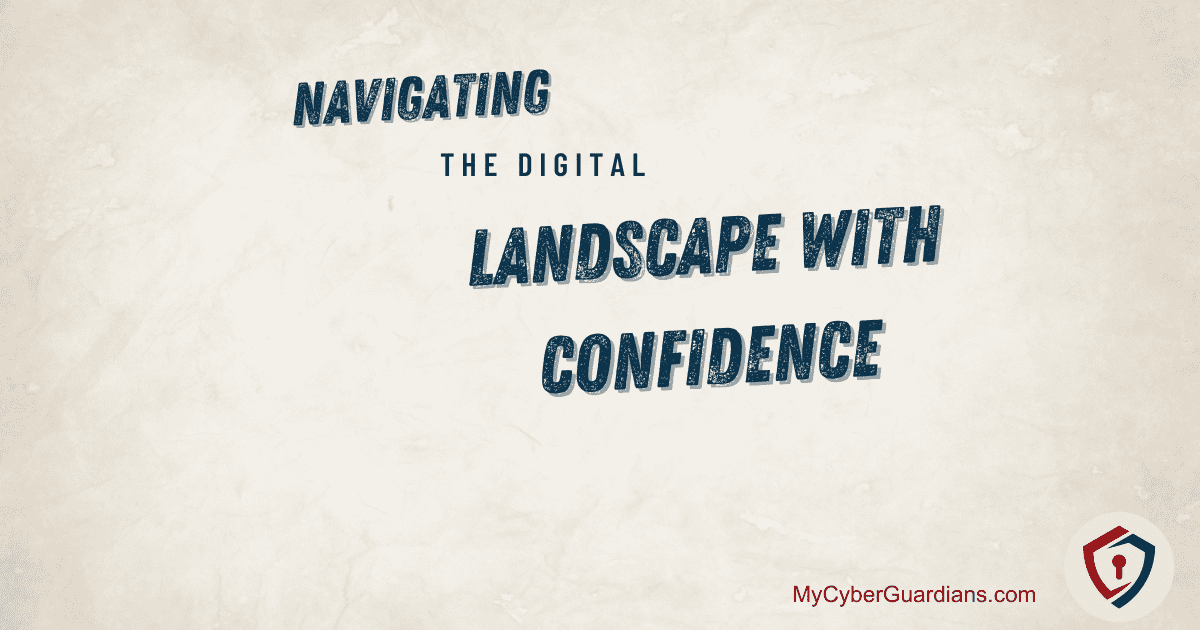
In our ever-connected digital world, cyber security has become a critical aspect of our daily lives. From personal communications to financial transactions, our reliance on technology exposes us to potential cyber threats. As non-tech-savvy individuals, understanding and implementing cyber security measures might seem overwhelming. However, fear not, for in this essay, we will explore the essential aspects of cyber security, empowering you to navigate the digital landscape with confidence and safeguard your online presence.
1. Building a Strong Foundation: Password Security
The foundation of cyber security lies in creating strong and unique passwords. A combination of letters (both uppercase and lowercase), numbers, and special characters helps fortify your digital defenses. Avoid using easily guessable information like birthdays or names of loved ones. By investing time in crafting strong passwords, you build a resilient wall against potential cyber threats.
2. The Threat of Phishing: Exercising Caution
Phishing, a prevalent cyber threat, preys on unsuspecting individuals through deceptive emails and messages. Cyber criminals impersonate legitimate entities to trick users into revealing personal information. It is essential to exercise caution and skepticism when encountering unsolicited messages. Verify the sender’s authenticity and avoid clicking on links without confirming their legitimacy. Vigilance is the shield that guards against phishing attacks.
3. Patching the Gaps: Regular Software Updates
Software updates are like the armor that shields your devices from potential vulnerabilities. Regularly updating your operating system, antivirus software, and applications ensures that your digital fortress remains strong against emerging threats. These updates often include security patches that address known vulnerabilities, making them a crucial aspect of cyber security.
4. Safeguarding Your Kingdom: Encryption
Encryption serves as a cloak of invisibility for your digital data. By encrypting your data, you render it unreadable to unauthorized entities. Ensure your Wi-Fi connections are secured with the latest encryption protocols like WPA2 or WPA3, protecting your digital surroundings from prying eyes.
5. Multi-Factor Authentication: Strengthening Your Defense
Multi-factor authentication (MFA) is a powerful tool in cyber security. Enabling MFA requires users to provide an additional verification step, such as a code sent to their phone, when logging into an account. This extra layer of protection fortifies your defense against unauthorized access and potential breaches.
6. Building Firewalls: Guarding Your Digital Moat
Firewalls act as the protective moat around your digital kingdom. Enable firewalls on your devices to block unauthorized access and ensure your online activity remains secure.
In conclusion, cyber security is not an insurmountable challenge but rather a journey of understanding and proactive measures. By incorporating these essential aspects of cyber security into your digital routine, you empower yourself to navigate the digital landscape with confidence and resilience. Building a strong foundation of password security, exercising caution against phishing, and regularly updating software serve as the pillars of cyber protection. Implementing encryption, multi-factor authentication, and firewalls further strengthens your digital defenses. As non-tech-savvy individuals, your awareness and proactive approach to cyber security are your best allies in the ever-evolving digital world. Armed with knowledge and vigilance, you can confidently embrace the digital realm, knowing you hold the keys to a safer and more secure online experience.

 We hope you enjoy reading this blog post. If you are ready to have us
We hope you enjoy reading this blog post. If you are ready to have us


